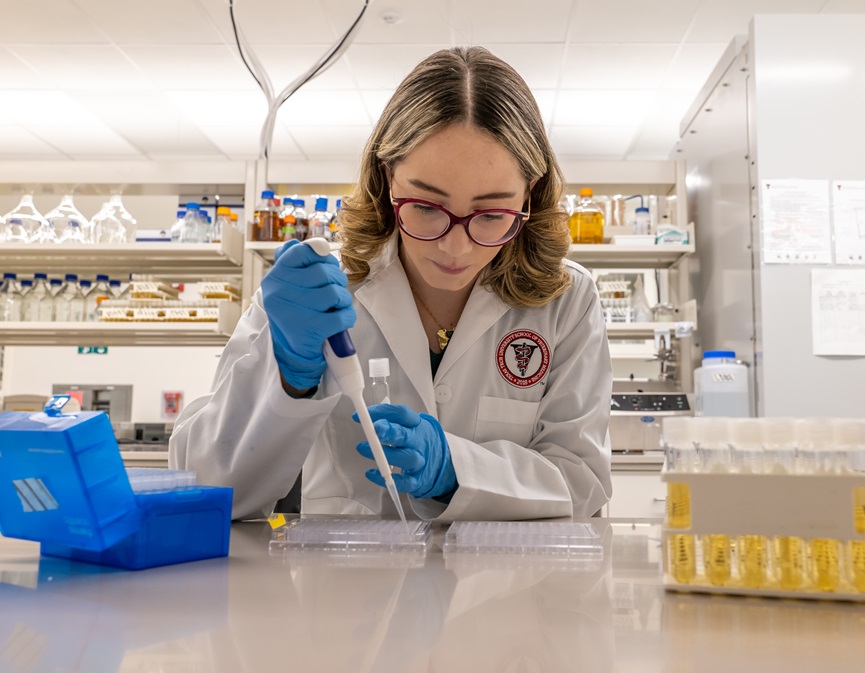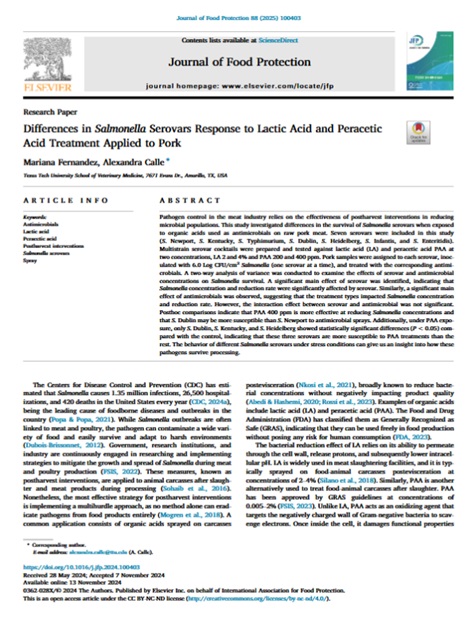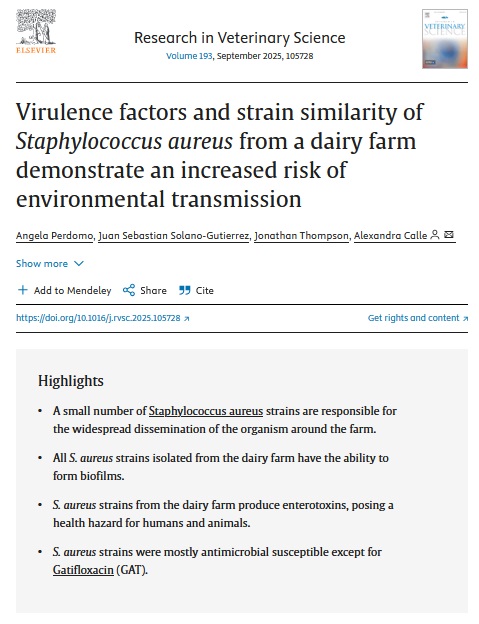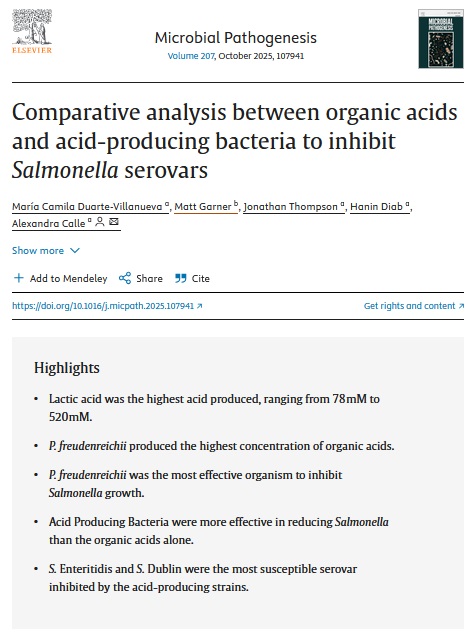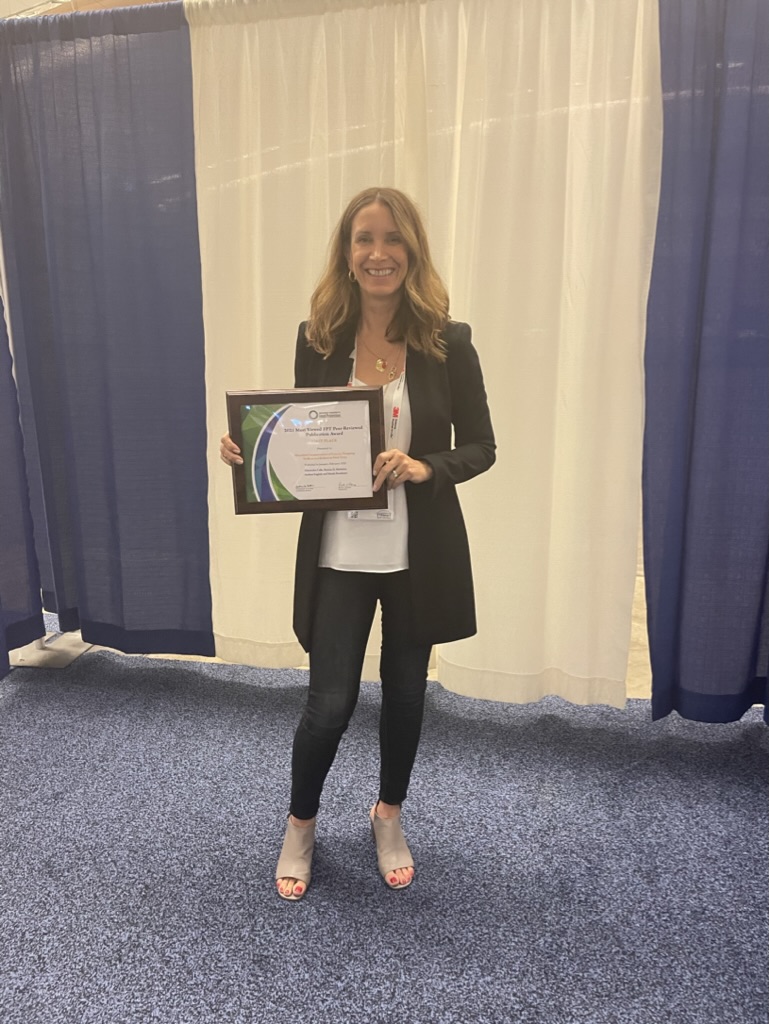<i>Staphylococcus aureus</i> is commonly associated with milk and dairy products, and it’s enterotoxin production represents a food safety hazard. This pathogen can persist in farm processing environments.
We conducted our study in a dairy facility that suffered a mastitis outbreak, with the purpose of understanding how <i>Staphylococcus </i> aureus moves around a farm and characterizing the isolates recovered from sampling. From one commercial dairy farm we recovered 40 isolates across milk and environmental samples (towels, drains, mats, surfaces) and characterized them with antimicrobial susceptibility testing, biofilm assays, typing, proteomics, and whole-genome sequencing on a subset. Most isolates were susceptible to the antibiotics tested except for gatifloxacin, to which they showed intermediate resistance.
Around 10% of isolates tested positive for enterotoxin in the screening assay, and all isolates produced biofilm (stronger at 48 h). Typing and genomic data (e.g., ST151/ST351, spa types) revealed the same strains present across different farm sites, clear evidence the environment facilitates strain movement. The study highlights the farm environment as a transmission network for S. aureus, reinforcing the need for targeted hygiene measures and environmental surveillance.
